What is the deal with Edelbrock deleting the rear coolant crossover on their intake manifolds? My thought is that Ford put it there for a reason. My 347 is nearing completion, and the more I think about it, the more inclined I am to put my Professional Products Typhoon back on instead of my Edelbrock Performer RPM Airgap. Thoughts?
Thanks,
Cale







 Reply With Quote
Reply With Quote









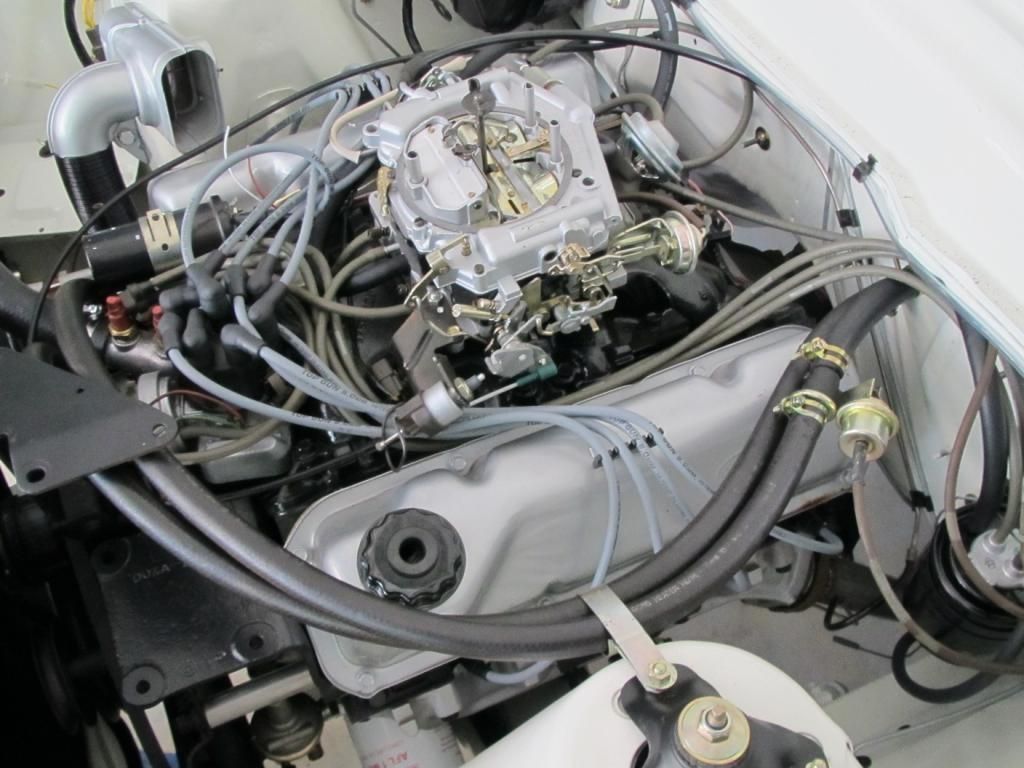

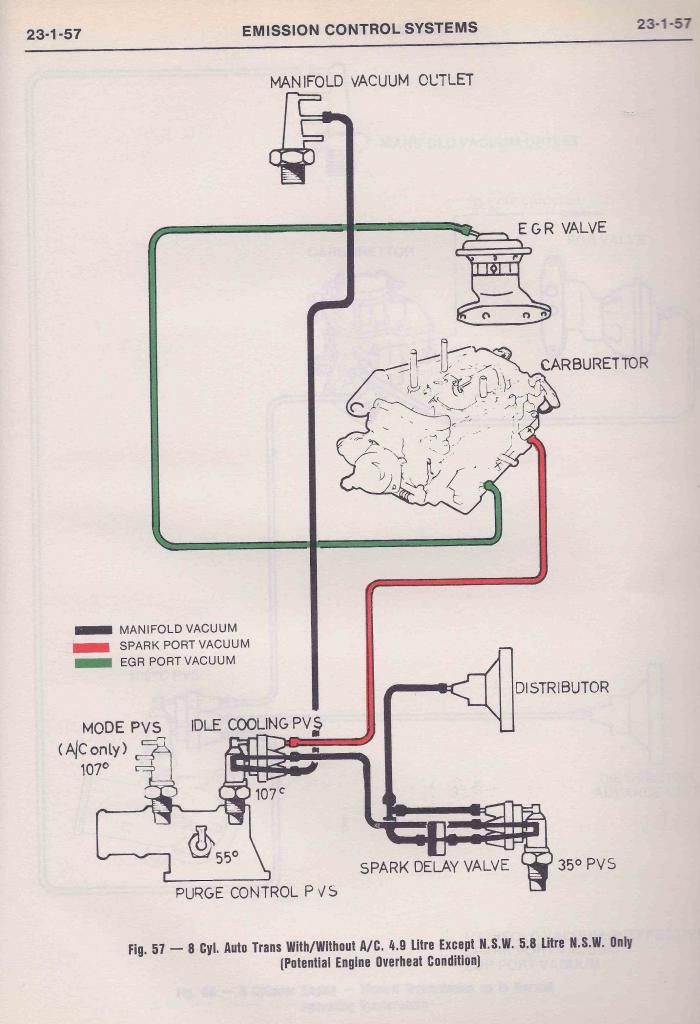
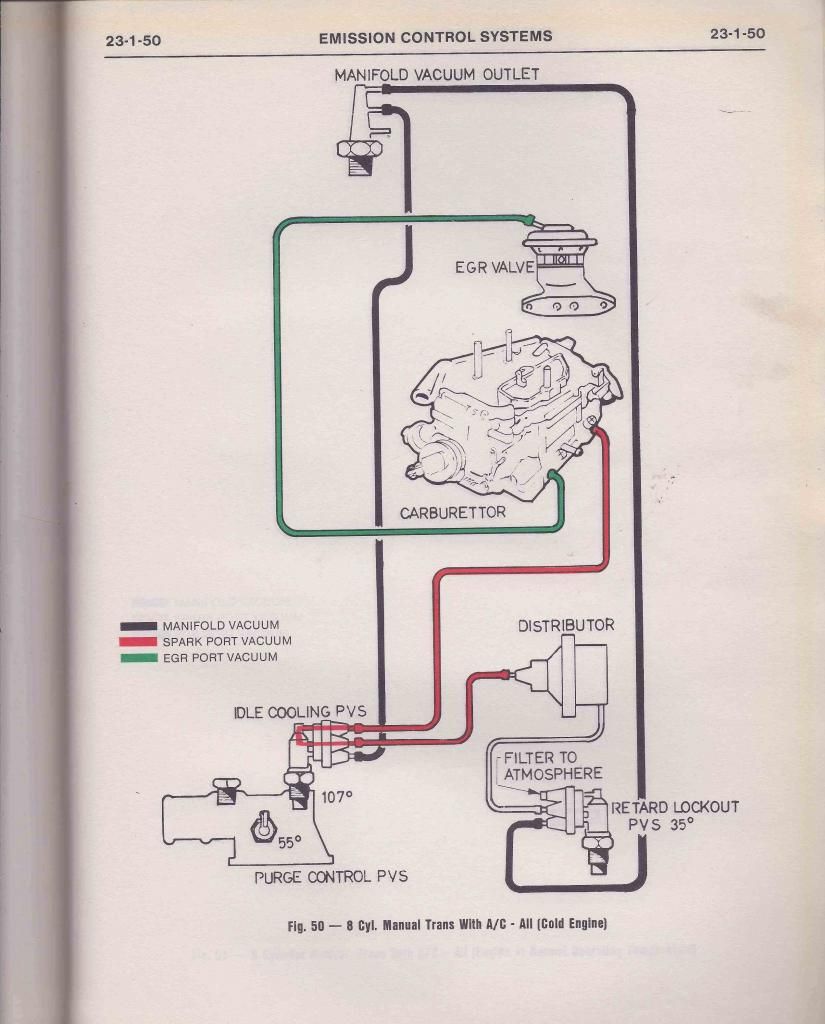



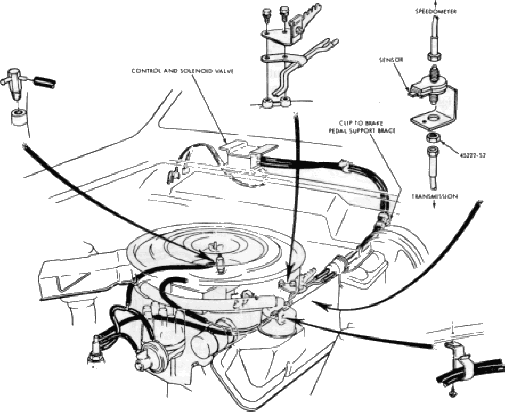


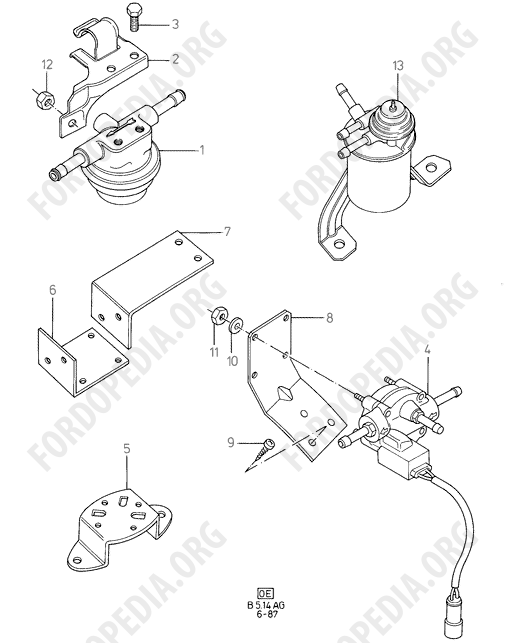
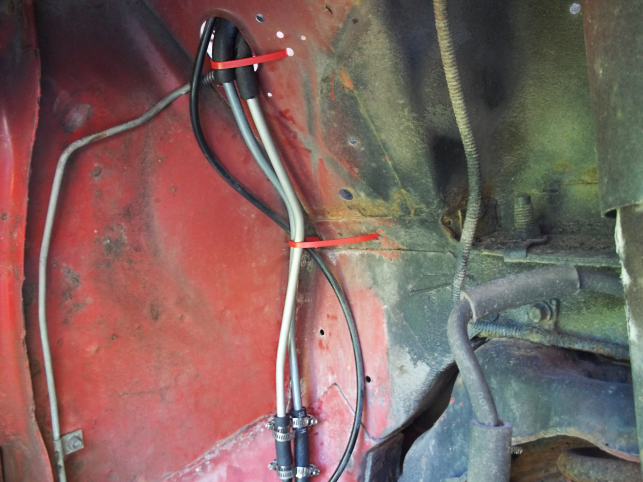
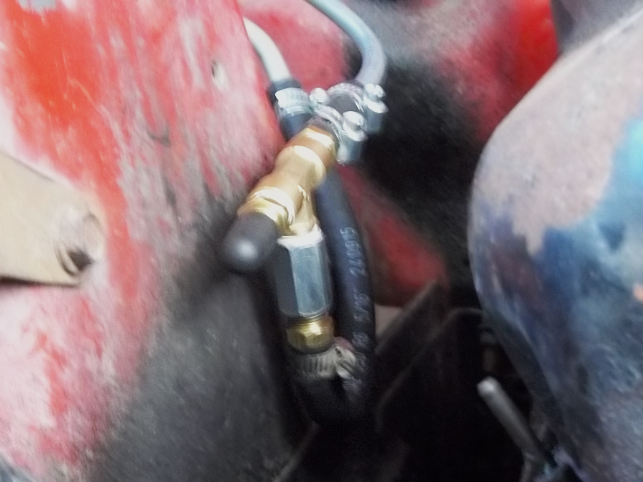

Connect With Us